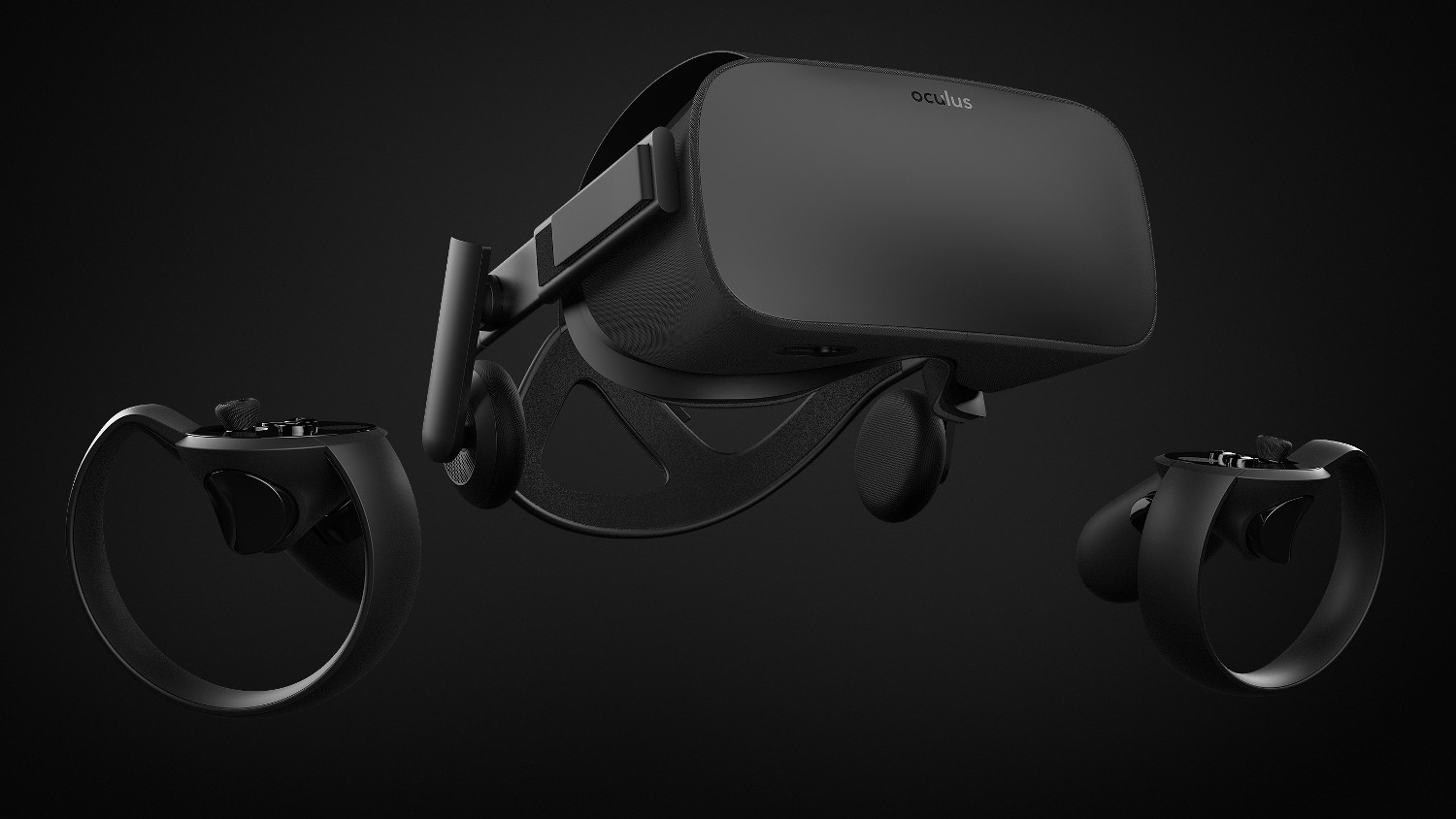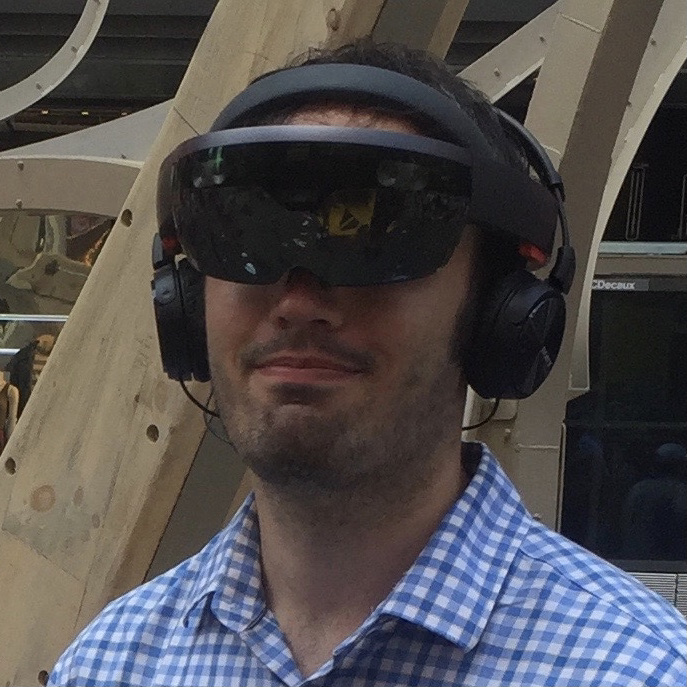Oculus Rift now requires Windows 10 to run new features
Here’s what Windows 7 and 8.1 users can still do with their headsets

Windows 10 may be getting replaced soon with Windows 10 S, but, for now, it’s the most popular OS option for PC users and virtual reality (VR) headset owners.
Still, up until now, the Oculus Rift has worked on older systems like Windows 8.1 and Windows 7, for the minority of users who can’t or don’t want to upgrade. But, with Oculus’ recent updates to its Desktop and Dashboard, the company says it needs to finally leave those older OSs behind.
In an announcement today, Oculus reassured Windows 8.1 and 7 users that they could continue to run all currently available VR content on these old systems.
However, it warned that these users “may not be able to use many new and upcoming features and apps”, which will be Windows 10-exclusive.
In its “Why Now?” section, Oculus noted that Microsoft no longer provides mainstream support for Windows 7 and 8.1, and that only Windows 10 would allow it to meet “performance standards” necessary to implement its newest software upgrades.
The blog post says that new beta features like a “redesigned Home experience, app and window multitasking in Dash, and Oculus Desktop’s mirror monitors” require Windows 10 to work.
Thankfully, users will still have access to the best Oculus Rift games and apps that they’ve already purchased, and won’t have their headsets completely bricked.
Get daily insight, inspiration and deals in your inbox
Sign up for breaking news, reviews, opinion, top tech deals, and more.
But, if you plan on buying the rumored Oculus Rift 2 headset, it’s probably a safe assumption that it will require Windows 10 from jump street to power all of its advances specs and tricks.
Upgrading: easier said than done
In theory, this announcement won’t affect too many users. Oculus’ reported data states that 95% of Oculus owners already use Windows 10.
But, a vocal minority in the comments of the post already have leveled their dismay at missing out on future content.
“Please do not drop windows 7 support. I use the rift at work and we can not update to past windows 7 or it breaks support for about half of our hardware. It's simply not an option for some of us,” the top comment reads.
Oculus also posted new minimum and recommended specs for the headset, which you can find below:
Recommended specs:
- Graphics Card: Nvidia GTX 1060 / AMD Radeon RX 480 or greater
- Alternative Graphics Card: Nvidia GTX 970 / AMD Radeon R9 290 or greater
- CPU: Intel i5-4590 / AMD Ryzen 5 1500X or greater
- Memory: 8GB+ RAM
- Video Output: Compatible HDMI 1.3 video output
- USB Ports: 3x USB 3.0 ports plus 1x USB 2.0 port
- OS: Windows 10 operating system
Minimum specs:
- Graphics Card: Nvidia GTX 1050Ti / AMD Radeon RX 470 or greater
- Alternative Graphics Card: Nvidia GTX 960 / AMD Radeon R9 290 or greater
- CPU: Intel i3-6100 / AMD Ryzen 3 1200, FX4350 or greater
- Memory: 8GB+ RAM
- Video Output: Compatible HDMI 1.3 video output
- USB Ports: 1x USB 3.0 port, plus 2x USB 2.0 ports
- OS: Windows 10 operating system
So, if you plan on pulling the trigger on an Oculus Rift deal, think about whether you're okay with finally abandoning 8.1 or 7 to get the most out of your VR headset.
- Oculus Rift sits high on our list of the best VR headsets
Michael Hicks began his freelance writing career with TechRadar in 2016, covering emerging tech like VR and self-driving cars. Nowadays, he works as a staff editor for Android Central, but still writes occasional TR reviews, how-tos and explainers on phones, tablets, smart home devices, and other tech.
